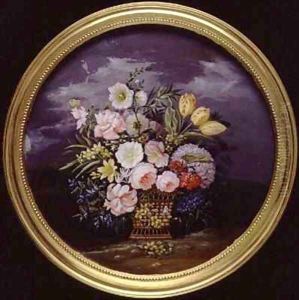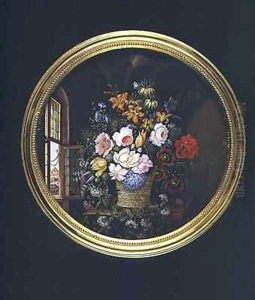Leopold Brunner, Snr. Paintings
Leopold Brunner, Snr. was an Austrian artist renowned for his contributions to lithography and engraving during the 19th century. Born in 1822 in Vienna, Austria, Brunner was part of a Europe that was witnessing significant transformations, both in society and in the arts. Vienna, being a cultural hub, provided a fertile ground for Brunner's artistic development.
Brunner's early life was marked by training in the traditional arts. He was deeply influenced by the Biedermeier period, a style which was prevalent in the German-speaking countries of Europe during 1815 to 1848, characterized by a sense of order and a focus on the domestic. He honed his skills in the graphic arts, and as he matured, he became particularly adept at lithography, a printmaking technique that was gaining popularity at the time.
The mid-19th century was an era when the demand for graphic illustrations was on the rise, thanks to the burgeoning print media and the growing middle class's appetite for art. Brunner capitalized on this by producing works that were widely accessible to the public. His engravings and lithographs often depicted scenes of Viennese life, landscapes, and portraits, which were well-received for their attention to detail and craftsmanship.
Brunner's reputation grew steadily throughout his career. He became a significant figure in the Viennese art scene, contributing to the artistic legacy of the city. His works were not only sought after in Austria but also found an audience across Europe. Despite the prevalence of Romanticism during his lifetime, Brunner maintained a distinctive style that was rooted in realism and meticulous depiction of his subjects.
Leopold Brunner, Snr. passed away in 1895, leaving behind a body of work that continues to be appreciated for its technical excellence and historical value. His contributions to the field of lithography and engraving remain significant, and his works are studied and collected by those with an interest in the art of the 19th century.


